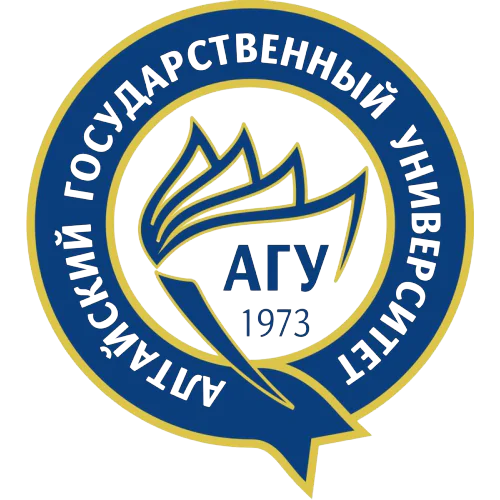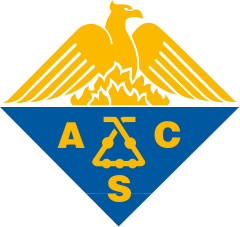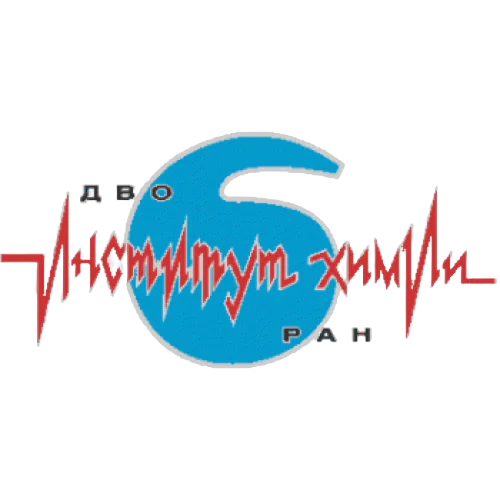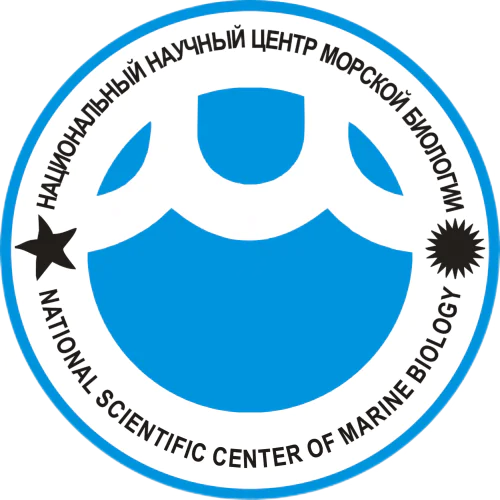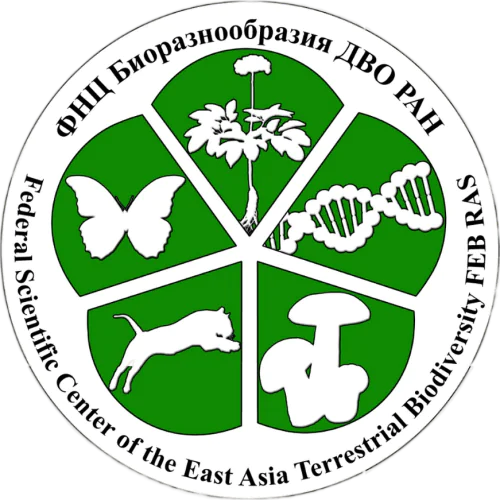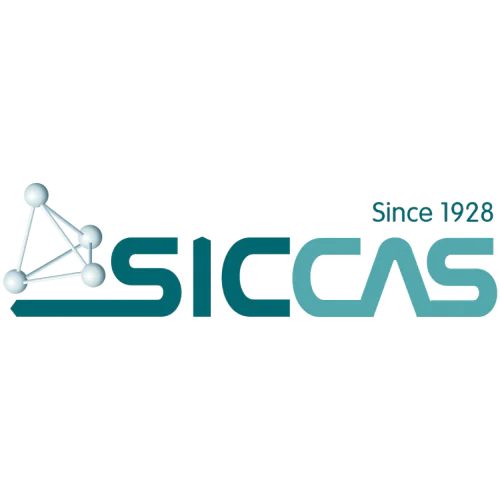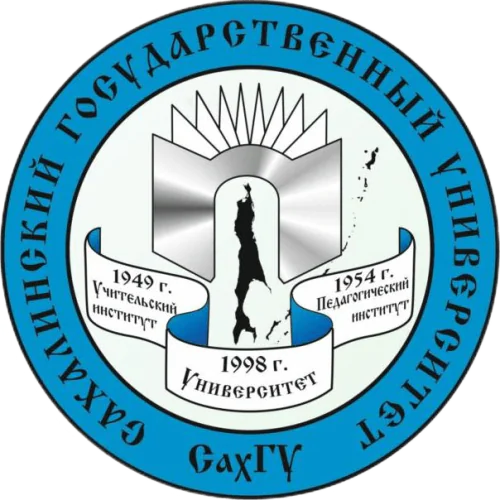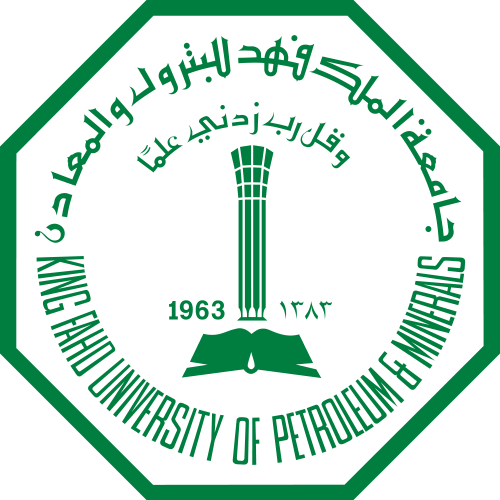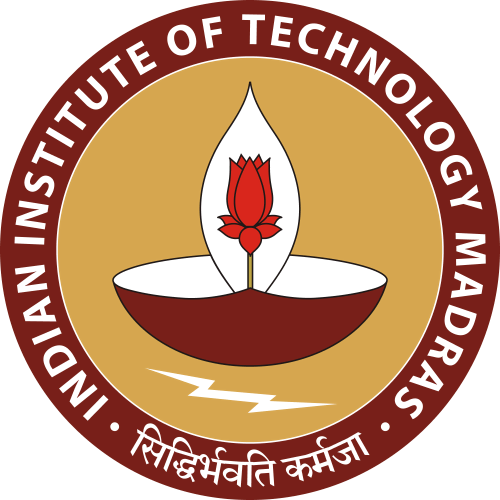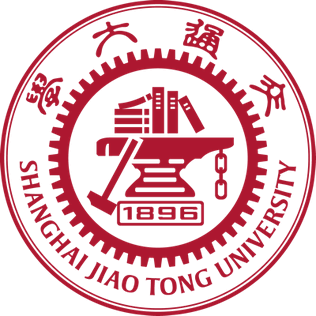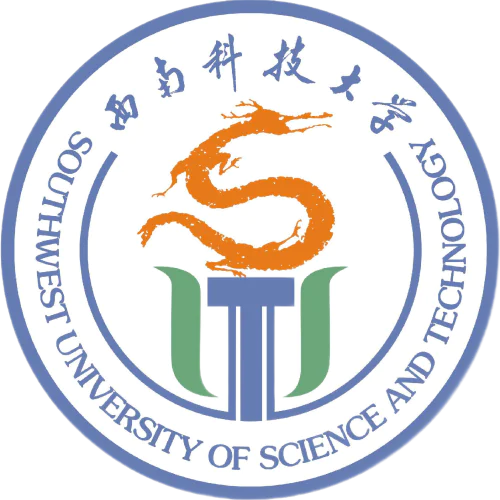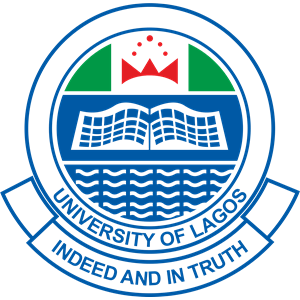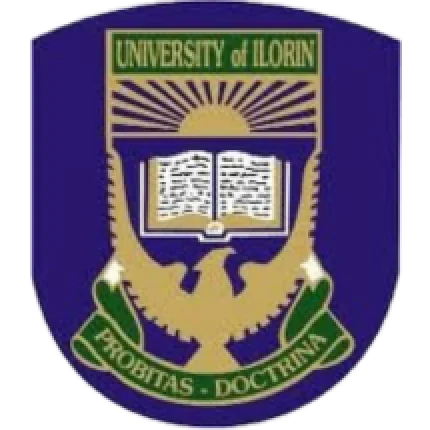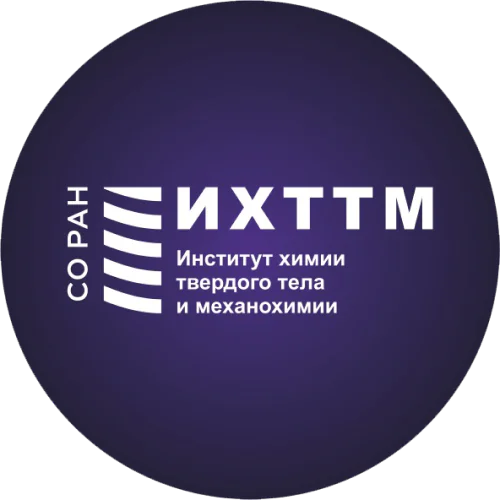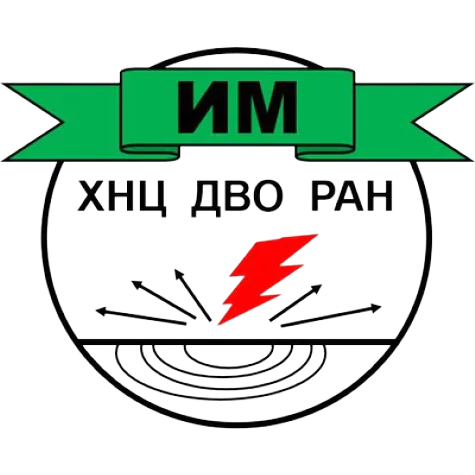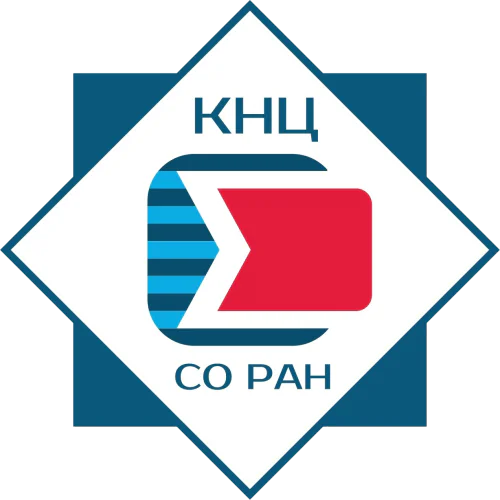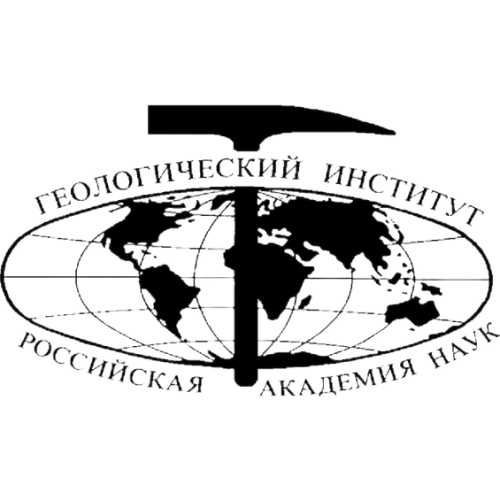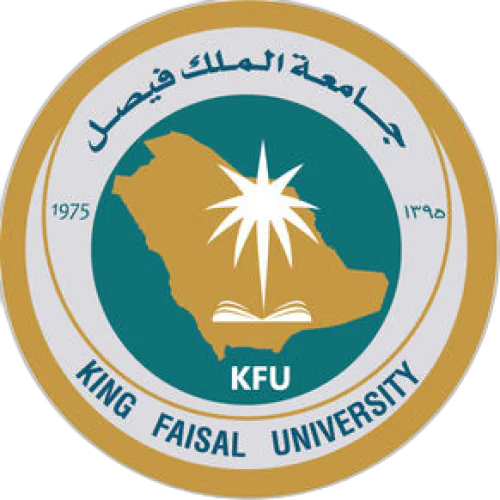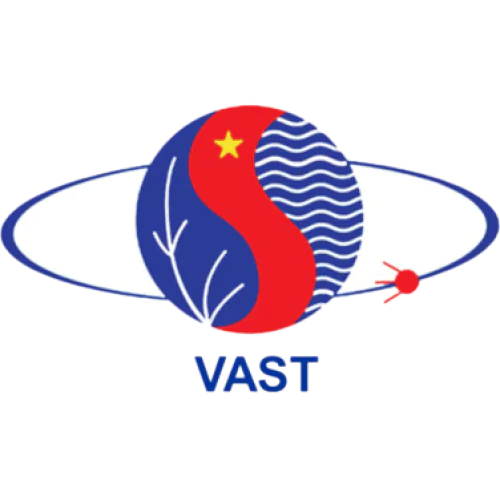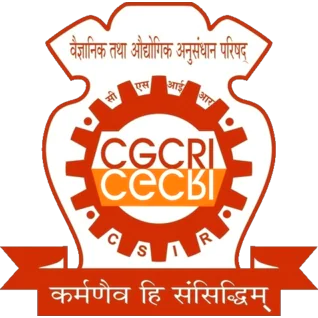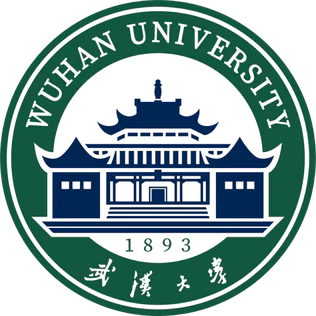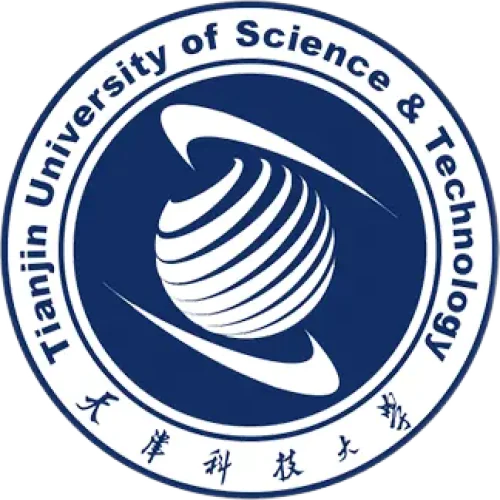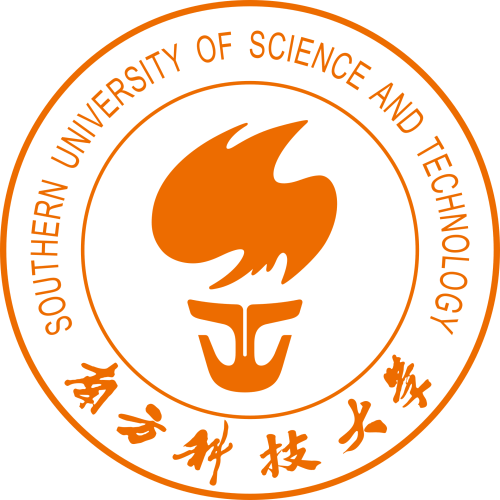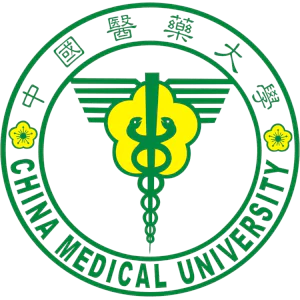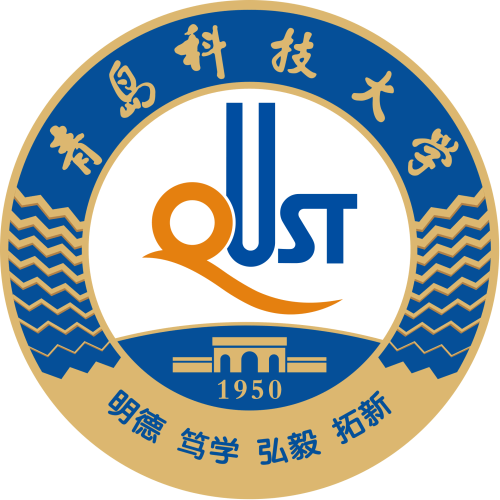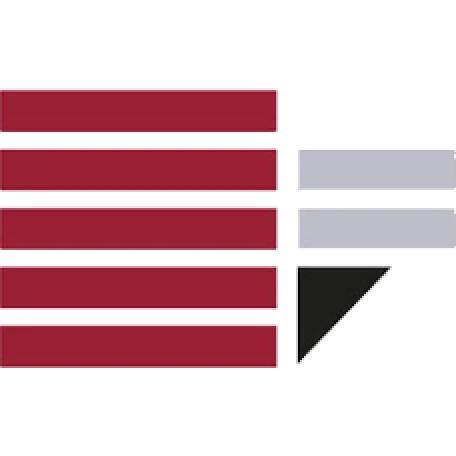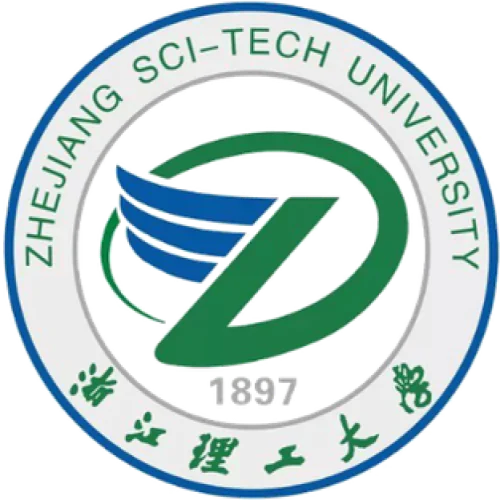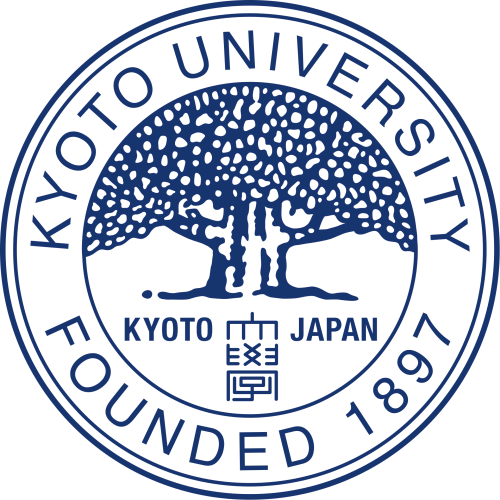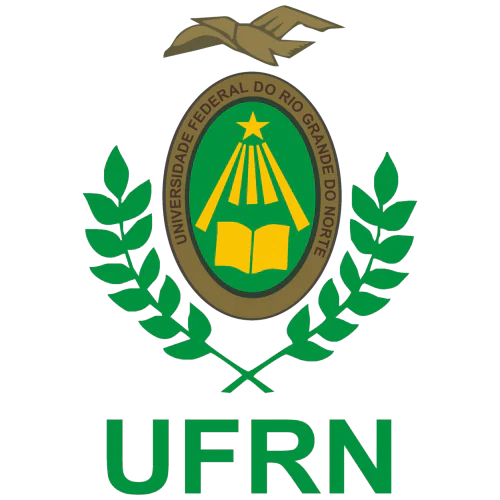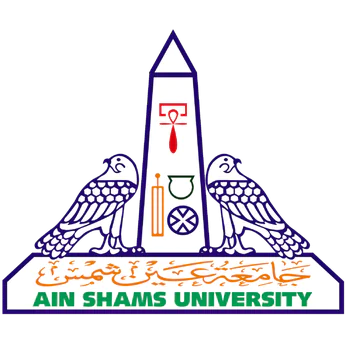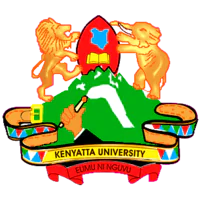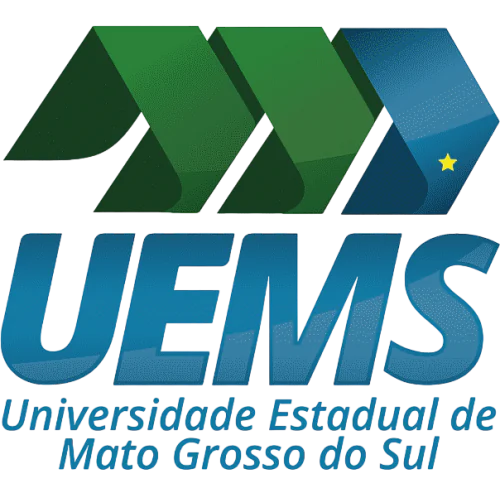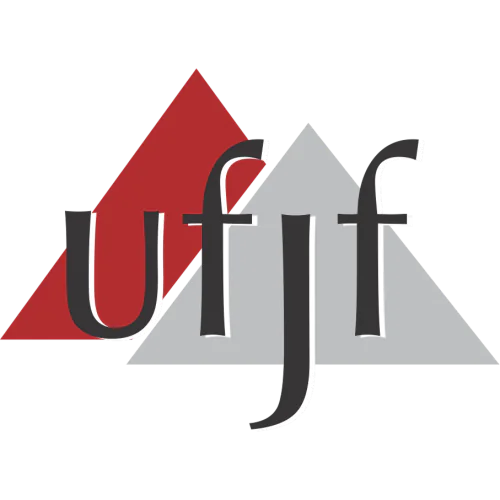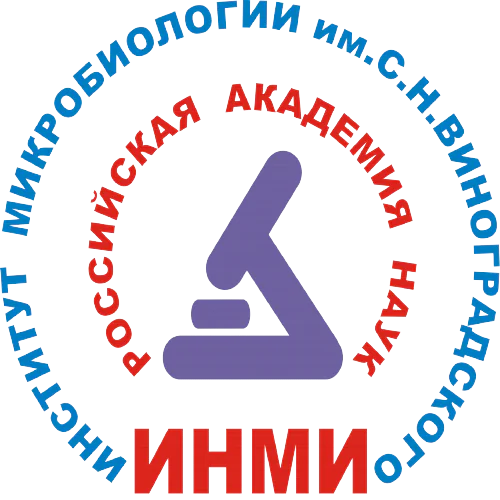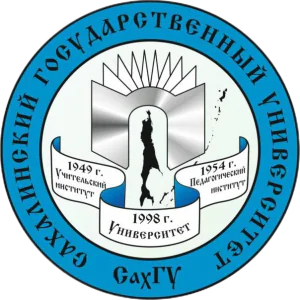
Aleksandr Evgenyevich Panasenko
PhD in Chemistry
Publications
46
Citations
344
h-index
10
Found
Nothing found, try to update filter.
Found
Nothing found, try to update filter.
Found
Nothing found, try to update filter.
Total publications
46
Total citations
344
Citations per publication
7.48
Average publications per year
2.71
Average coauthors
4.57
Publications years
2008-2024 (17 years)
h-index
10
i10-index
10
m-index
0.59
o-index
21
g-index
16
w-index
3
Metrics description
h-index
A scientist has an h-index if h of his N publications are cited at least h times each, while the remaining (N - h) publications are cited no more than h times each.
i10-index
The number of the author's publications that received at least 10 links each.
m-index
The researcher's m-index is numerically equal to the ratio of his h-index to the number of years that have passed since the first publication.
o-index
The geometric mean of the h-index and the number of citations of the most cited article of the scientist.
g-index
For a given set of articles, sorted in descending order of the number of citations that these articles received, the g-index is the largest number such that the g most cited articles received (in total) at least g2 citations.
w-index
If w articles of a researcher have at least 10w citations each and other publications are less than 10(w+1) citations, then the researcher's w-index is equal to w.
Top-100
Fields of science
Journals
|
1
2
3
4
5
6
7
8
|
|
|
Russian Journal of Inorganic Chemistry
8 publications, 17.39%
|
|
|
Inorganic Materials
7 publications, 15.22%
|
|
|
Khimiya Rastitel'nogo Syr'ya
3 publications, 6.52%
|
|
|
Applied Sciences (Switzerland)
2 publications, 4.35%
|
|
|
Журнал неорганической химии
2 publications, 4.35%
|
|
|
Proceedings of universities. Applied chemistry and biotechnology
2 publications, 4.35%
|
|
|
Nuclear Engineering and Technology
1 publication, 2.17%
|
|
|
Journal of Solid State Chemistry
1 publication, 2.17%
|
|
|
Journal of Alloys and Compounds
1 publication, 2.17%
|
|
|
Russian Journal of Physical Chemistry A
1 publication, 2.17%
|
|
|
BioResources
1 publication, 2.17%
|
|
|
Silicon
1 publication, 2.17%
|
|
|
Air, Soil and Water Research
1 publication, 2.17%
|
|
|
Journal of Molecular Structure
1 publication, 2.17%
|
|
|
IOP Conference Series: Materials Science and Engineering
1 publication, 2.17%
|
|
|
Russian Chemical Bulletin
1 publication, 2.17%
|
|
|
Journal of Magnetism and Magnetic Materials
1 publication, 2.17%
|
|
|
Materials Chemistry and Physics
1 publication, 2.17%
|
|
|
Journal of Structural Chemistry
1 publication, 2.17%
|
|
|
Analytical Methods
1 publication, 2.17%
|
|
|
Protection of Metals and Physical Chemistry of Surfaces
1 publication, 2.17%
|
|
|
Chemistry and Ecology
1 publication, 2.17%
|
|
|
Microbiology
1 publication, 2.17%
|
|
|
ChemChemTech
1 publication, 2.17%
|
|
|
Агрохимия
1 publication, 2.17%
|
|
|
SN Applied Sciences
1 publication, 2.17%
|
|
|
Transaction Kola Science Centre
1 publication, 2.17%
|
|
|
1
2
3
4
5
6
7
8
|
Citing journals
Publishers
|
5
10
15
20
25
|
|
|
Pleiades Publishing
22 publications, 47.83%
|
|
|
Elsevier
6 publications, 13.04%
|
|
|
Springer Nature
3 publications, 6.52%
|
|
|
Altai State University
3 publications, 6.52%
|
|
|
MDPI
2 publications, 4.35%
|
|
|
Irkutsk National Research Technical University
2 publications, 4.35%
|
|
|
Taylor & Francis
1 publication, 2.17%
|
|
|
SAGE
1 publication, 2.17%
|
|
|
Royal Society of Chemistry (RSC)
1 publication, 2.17%
|
|
|
Ivanovo State University of Chemistry and Technology
1 publication, 2.17%
|
|
|
IOP Publishing
1 publication, 2.17%
|
|
|
North Carolina University
1 publication, 2.17%
|
|
|
Kola Science Centre
1 publication, 2.17%
|
|
|
5
10
15
20
25
|
Organizations from articles
|
5
10
15
20
25
30
35
40
|
|
|
Institute of Chemistry of the Far Eastern Branch of the Russian Academy of Sciences
38 publications, 82.61%
|
|
|
Far Eastern Federal University
21 publications, 45.65%
|
|
|
Organization not defined
|
Organization not defined, 8, 17.39%
Organization not defined
8 publications, 17.39%
|
|
Vladivostok State University
6 publications, 13.04%
|
|
|
National Scientific Center of Marine Biology of the Far Eastern Branch of the Russian Academy of Sciences
4 publications, 8.7%
|
|
|
Federal Scientific Center of the East Asia Terrestrial Biodiversity of the Far Eastern Branch of the Russian Academy of Sciences
3 publications, 6.52%
|
|
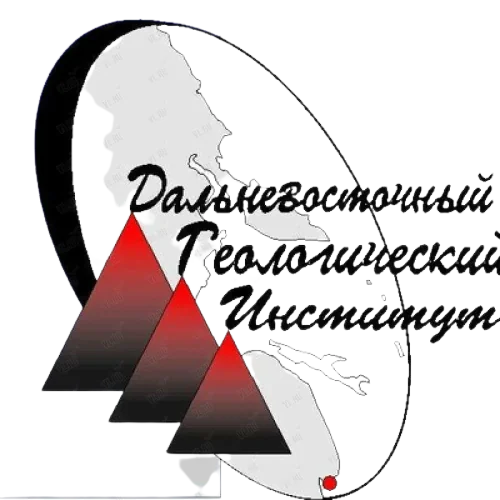
Far East Geological Institute of the Far Eastern Branch of the Russian Academy of Sciences
3 publications, 6.52%
|
|
|
Institute of General and Inorganic Chemistry of the National Academy of Sciences of Belarus
2 publications, 4.35%
|
|
|
A.N.Nesmeyanov Institute of Organoelement Compounds of the Russian Academy of Sciences
1 publication, 2.17%
|
|
|
National University of Science & Technology (MISiS)
1 publication, 2.17%
|
|
|
G. B. Elyakov Pacific Institute of Bioorganic Chemistry of the Far Eastern Branch of the Russian Academy of Sciences
1 publication, 2.17%
|
|
|
Siberian Federal University
1 publication, 2.17%
|
|
|
5
10
15
20
25
30
35
40
|
Countries from articles
|
5
10
15
20
25
30
35
40
|
|
|
Russia
|
Russia, 40, 86.96%
Russia
40 publications, 86.96%
|
|
Country not defined
|
Country not defined, 8, 17.39%
Country not defined
8 publications, 17.39%
|
|
Belarus
|
Belarus, 2, 4.35%
Belarus
2 publications, 4.35%
|
|
5
10
15
20
25
30
35
40
|
Citing organizations
|
10
20
30
40
50
|
|
|
Far Eastern Federal University
50 citations, 14.53%
|
|
|
Institute of Chemistry of the Far Eastern Branch of the Russian Academy of Sciences
43 citations, 12.5%
|
|
|
Organization not defined
|
Organization not defined, 25, 7.27%
Organization not defined
25 citations, 7.27%
|
|
Vladivostok State University
9 citations, 2.62%
|
|

Far East Geological Institute of the Far Eastern Branch of the Russian Academy of Sciences
8 citations, 2.33%
|
|
|
National Scientific Center of Marine Biology of the Far Eastern Branch of the Russian Academy of Sciences
7 citations, 2.03%
|
|
|
Nikolaev Institute of Inorganic Chemistry of the Siberian Branch of the Russian Academy of Sciences
5 citations, 1.45%
|
|
|
Institute of General and Inorganic Chemistry of the National Academy of Sciences of Belarus
5 citations, 1.45%
|
|
|
Lomonosov Moscow State University
4 citations, 1.16%
|
|
|
University of Chinese Academy of Sciences
4 citations, 1.16%
|
|
|
Shanghai Institute of Ceramics, Chinese Academy of Sciences
4 citations, 1.16%
|
|
|
Universidade Estadual Paulista
4 citations, 1.16%
|
|
|
AGH University of Krakow
4 citations, 1.16%
|
|
|
National Research Centre
4 citations, 1.16%
|
|
|
Federal University of Minas Gerais
4 citations, 1.16%
|
|
|
A.N. Frumkin Institute of Physical Chemistry and Electrochemistry of the Russian Academy of Sciences
3 citations, 0.87%
|
|
|
National Research Nuclear University MEPhI
3 citations, 0.87%
|
|
|
Vernadsky Institute of Geochemistry and Analytical Chemistry of the Russian Academy of Sciences
3 citations, 0.87%
|
|
|
Boreskov Institute of Catalysis of the Siberian Branch of the Russian Academy of Sciences
3 citations, 0.87%
|
|
|
Siberian Federal University
3 citations, 0.87%
|
|
|
Kazan National Research Technological University
3 citations, 0.87%
|
|
|
Voronezh State University
3 citations, 0.87%
|
|
|
Marine Hydrophysical Institute of the Russian Academy of Sciences
3 citations, 0.87%
|
|
|
Sevastopol State University
3 citations, 0.87%
|
|
|
Sakhalin State University
3 citations, 0.87%
|
|
|
Voronezh State University of Forestry and Technologies named after G.F. Morozov
3 citations, 0.87%
|
|
|
King Fahd University of Petroleum and Minerals
3 citations, 0.87%
|
|
|
Indian Institute of Technology Madras
3 citations, 0.87%
|
|
|
Shanghai Jiao Tong University
3 citations, 0.87%
|
|
|
Jilin University
3 citations, 0.87%
|
|
|
Southwest University of Science and Technology
3 citations, 0.87%
|
|
|
University of Lagos
3 citations, 0.87%
|
|
|
University of Ilorin
3 citations, 0.87%
|
|
|
Kwara State University
3 citations, 0.87%
|
|
|
Federal University of São Carlos
3 citations, 0.87%
|
|
|
University of Aveiro
3 citations, 0.87%
|
|
|
A.N.Nesmeyanov Institute of Organoelement Compounds of the Russian Academy of Sciences
2 citations, 0.58%
|
|
|
National University of Science & Technology (MISiS)
2 citations, 0.58%
|
|
|
Federal Scientific Center of the East Asia Terrestrial Biodiversity of the Far Eastern Branch of the Russian Academy of Sciences
2 citations, 0.58%
|
|
|
Institute of Solid State Chemistry and Mechanochemistry of the Siberian Branch of the Russian Academy of Sciences
2 citations, 0.58%
|
|
|
Institute of Chemistry and Chemical Technology of the Siberian Branch of the Russian Academy of Sciences
2 citations, 0.58%
|
|
|
Institute for Material Studies, Khabarovsk Scientific Center of the Far Eastern Branch of the Russian Academy of Sciences
2 citations, 0.58%
|
|
|
Ural Federal University
2 citations, 0.58%
|
|
|
Novosibirsk State University
2 citations, 0.58%
|
|
|
National Research Tomsk Polytechnic University
2 citations, 0.58%
|
|
|
Platov South-Russian State Polytechnic University (NPI)
2 citations, 0.58%
|
|
|
Federal Research Center "Krasnoyarsk Science Center" of the Siberian Branch of the Russian Academy of Sciences
2 citations, 0.58%
|
|
|
Geological Institute of the Russian Academy of Sciences
2 citations, 0.58%
|
|
|
Kola Science Center of the Russian Academy of Sciences
2 citations, 0.58%
|
|
|
Khabarovsk Federal Research Center of the Far Eastern Branch of the Russian Academy of Sciences
2 citations, 0.58%
|
|
|
King Saud University
2 citations, 0.58%
|
|
|
King Faisal University
2 citations, 0.58%
|
|
|
Shiraz University
2 citations, 0.58%
|
|
|
Jawaharlal Nehru University
2 citations, 0.58%
|
|
|
Ho Chi Minh City University of Technology
2 citations, 0.58%
|
|
|
Vietnam National University Ho Chi Minh City
2 citations, 0.58%
|
|
|
Vietnam Academy of Science and Technology
2 citations, 0.58%
|
|
|
Hanoi University of Science and Technology
2 citations, 0.58%
|
|
|
Zhejiang University of Technology
2 citations, 0.58%
|
|
|
Huazhong University of Science and Technology
2 citations, 0.58%
|
|
|
Central Glass and Ceramic Research Institute
2 citations, 0.58%
|
|
|
Ghent University
2 citations, 0.58%
|
|
|
University of Malaysia, Perlis
2 citations, 0.58%
|
|
|
KTH Royal Institute of Technology
2 citations, 0.58%
|
|
|
Central South University
2 citations, 0.58%
|
|
|
Nanjing University
2 citations, 0.58%
|
|
|
Wuhan University
2 citations, 0.58%
|
|
|
South China Normal University
2 citations, 0.58%
|
|
|
Tianjin University of Science and Technology
2 citations, 0.58%
|
|
|
Southern University of Science and Technology
2 citations, 0.58%
|
|
|
Guangzhou University
2 citations, 0.58%
|
|
|
China Medical University (Taiwan)
2 citations, 0.58%
|
|
|
Flemish Institute for Technological Research
2 citations, 0.58%
|
|
|
Qingdao University of Science and Technology
2 citations, 0.58%
|
|
|
University of Calabria
2 citations, 0.58%
|
|
|
Stellenbosch University
2 citations, 0.58%
|
|
|
Stanford University
2 citations, 0.58%
|
|
|
University of South Africa
2 citations, 0.58%
|
|
|
Tshwane University of Technology
2 citations, 0.58%
|
|
|
Khon Kaen University
2 citations, 0.58%
|
|
|
Mahasarakham University
2 citations, 0.58%
|
|
|
Zhejiang Sci-Tech University
2 citations, 0.58%
|
|
|
Kyoto University
2 citations, 0.58%
|
|
|
Deutsches Elektronen-Synchrotron
2 citations, 0.58%
|
|
|
Federal University of Rio Grande do Norte
2 citations, 0.58%
|
|
|
University of Tokyo
2 citations, 0.58%
|
|
|
Silesian University of Technology
2 citations, 0.58%
|
|
|
Polytechnic University of Valencia
2 citations, 0.58%
|
|
|
Ain Shams University
2 citations, 0.58%
|
|
|
University of El Oued
2 citations, 0.58%
|
|
|
University Mohamed Khider of Biskra
2 citations, 0.58%
|
|
|
Kenyatta University
2 citations, 0.58%
|
|
|
University of Regina
2 citations, 0.58%
|
|
|
Universidade Estadual de Mato Grosso do Sul
2 citations, 0.58%
|
|
|
Universidade Federal de Juiz de Fora
2 citations, 0.58%
|
|
|
Moscow Institute of Physics and Technology
1 citation, 0.29%
|
|
|
Winogradsky Institute of Microbiology of the Russian Academy of Sciences
1 citation, 0.29%
|
|
|
A.N. Severtsov Institute of Ecology and Evolution of the Russian Academy of Sciences
1 citation, 0.29%
|
|
|
G. B. Elyakov Pacific Institute of Bioorganic Chemistry of the Far Eastern Branch of the Russian Academy of Sciences
1 citation, 0.29%
|
|
|
A.A. Baikov Institute of Metallurgy and Materials Science of the Russian Academy of Sciences
1 citation, 0.29%
|
|
|
10
20
30
40
50
|
|
Citing countries
- We do not take into account publications without a DOI.
- Statistics recalculated daily.
This section displays the profiles of scientists registered on the platform. To display the full list, invite your colleagues to register.





